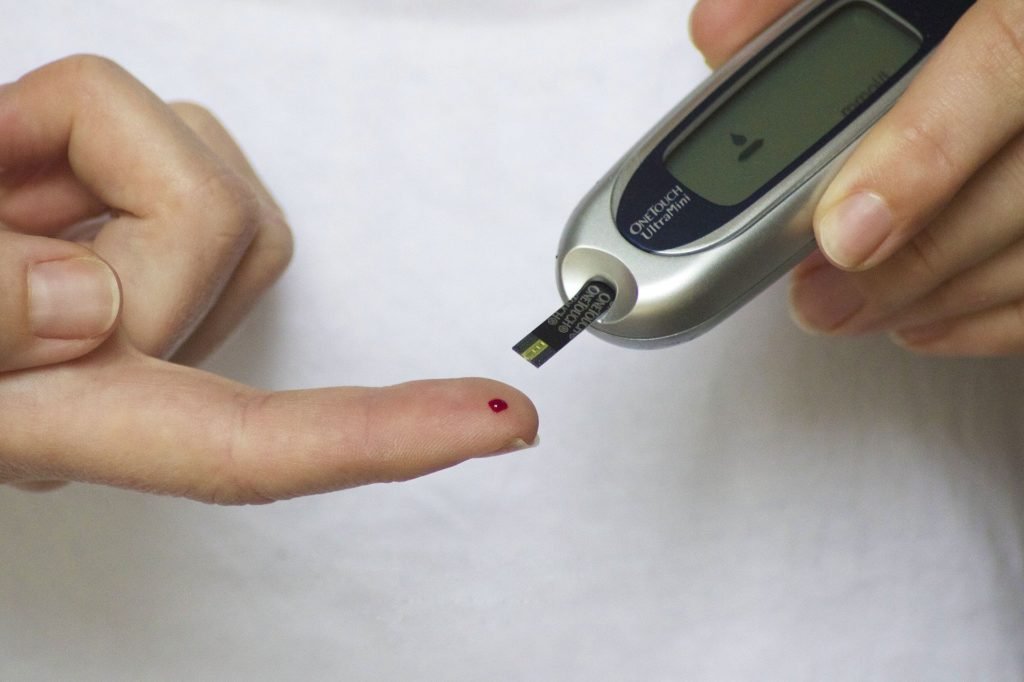In the United States, 50% of people have gum disease. Gum disease is a dangerous condition that starts with a tooth infection and eventually leads to tooth loss. The best way to prevent gum disease and other dental problems is to practice good oral hygiene daily. After brushing your teeth at night and flossing in the morning, be sure to see your dentist for regular dental exams and teeth cleanings. Gum disease is a condition caused by several factors that need prompt treatment to prevent any further damage. If you have gum disease, you need to visit a Monterey gum disease specialist for effective treatment.
How Does Gum Disease Develop?
Gum disease develops when the gums become infected. Many different types of bacteria can infect the gums. If you don’t treat this bacterial infection, it will progress and lead to more severe problems such as tooth loss or heart disease. Gum diseases include:
- Gingivitis is a mild form of gum disease that causes the gums to become red, swollen, and bleed when you brush your teeth.
- Periodontitis is a more severe form of gum disease that leads to the destruction of bone structure that supports your teeth in their sockets.
- Tartar or calculus build-up – tartar causes the gums to recede from the tooth surface, leading to the destruction of bone and tissue around the teeth.
Signs and Symptoms of Gum Disease
Most people with gum disease are in the early stages, so the signs and symptoms may be challenging to recognize. There are, however, some who have more advanced signs of gum disease, which include:
- Bad breath
- Gums that bleed when you brush your teeth or floss
- Loose teeth or teeth that seem to be shifting
- Receding gums and any bone loss in the mouth
- Tenderness when you touch your gums
- Swelling of the gum tissue
- Painful chewing and jaw stiffness in the morning or after resting
If you have several of these signs, you must visit your dentist right away for an evaluation.
Diagnosis Of Gum Disease
If you show any signs of gum disease, your dentist will take a set of x-rays so they can determine how bad the infection is. Your dentist then uses this information to create an effective treatment plan for you. You need prompt treatment to prevent severe damage to the bone and tissue around your teeth. Gum disease starts as gingivitis, and then progresses to periodontitis, leading to tooth loss if left untreated.
Treatment For Gum Disease
Gum disease is a chronic condition that requires prompt treatment by your dentist to avoid further damage to your mouth. Your first step to treatment is scaling and root planning. This process involves removing plaque and tartar from areas where bacteria can collect under the gumline. Your dentist then smoothes the surface of your teeth and applies antibiotic paste that kills harmful microorganisms. You need to follow up with regular appointments twice a year and daily brushing, flossing, and flushing to maintain healthy teeth.
In summary, if you have gum disease, you need to visit a dentist right away. Your dental health is vital to your overall well-being, so you must treat this condition before it leads to other problems. Visit your local dentist for more information on the different types of gum diseases or treatment options.


